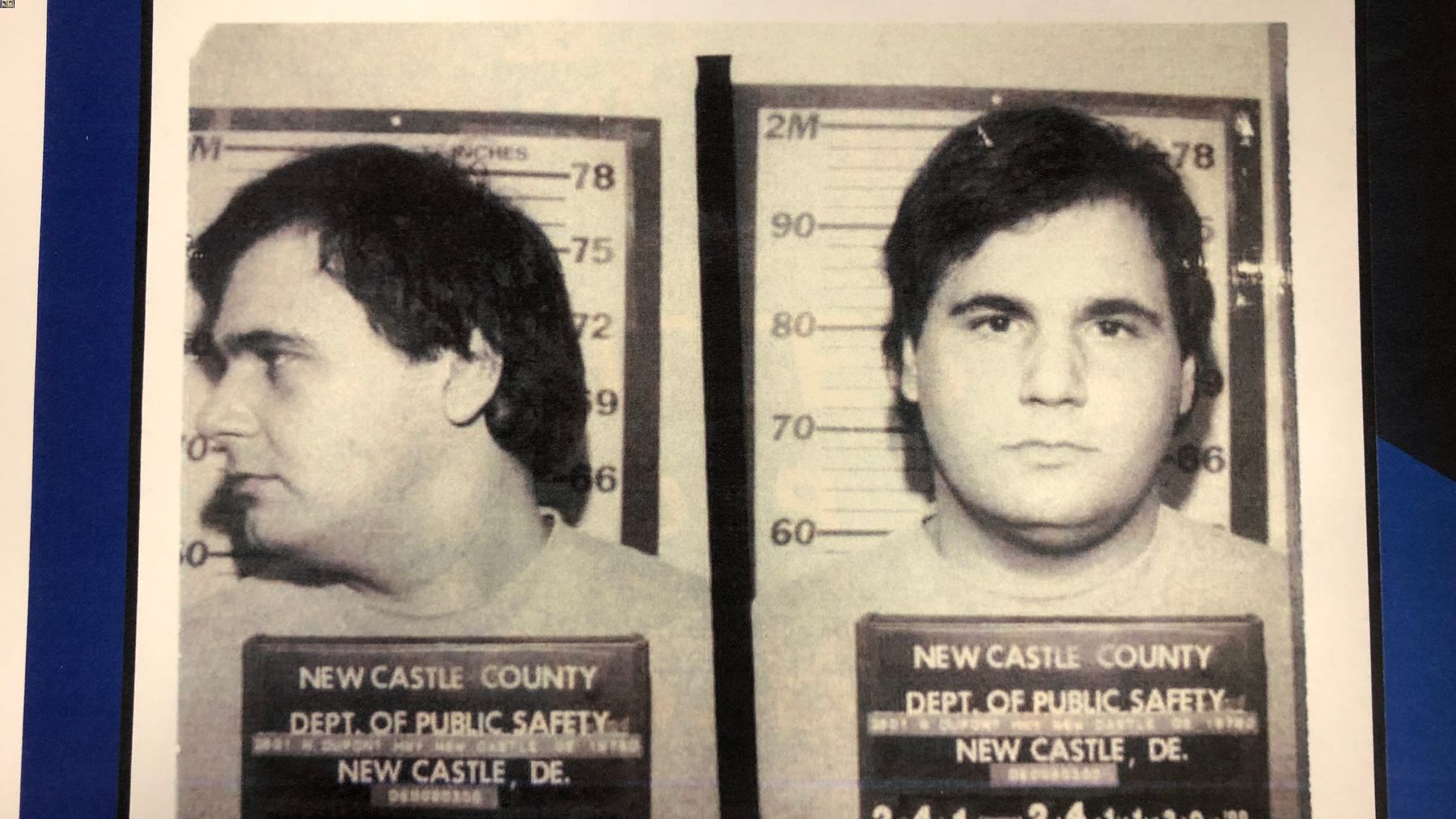
Who was Steven Brian Pennell? Known as the "Route 40 Killer," Steven Brian Pennell was a notorious serial killer who terrorized Delaware in the late 1980s. His crimes shocked the community and left a lasting impact on law enforcement practices. Pennell's methodical approach and chilling demeanor made him one of the most feared criminals of his time. This blog post dives into 35 intriguing facts about his life, crimes, and the investigation that ultimately led to his capture. From his early years to his final days, these facts aim to provide a comprehensive look at the man behind the horrifying headlines.
Key Takeaways:
- Steven Brian Pennell, also known as the "Route 40 Killer," was a notorious American serial killer who targeted women along Route 40 in Delaware. His methodical and gruesome crimes left a lasting impact on criminal investigations.
- Pennell's execution in 1992 marked a significant moment in Delaware's history. His case continues to be studied by criminologists and law enforcement, leading to changes in how serial killers are investigated and prosecuted.
Who Was Steven Brian Pennell?
Steven Brian Pennell, also known as the "Route 40 Killer," was a notorious American serial killer. His crimes shocked the nation and left a lasting impact on criminal investigations.
- Steven Brian Pennell was born on November 22, 1957, in Delaware.
- He worked as an electrician and was known to be a family man.
- Pennell's crimes took place along Route 40 in Delaware, earning him his infamous nickname.
- He was the first person in Delaware to be executed in over 45 years.
- Pennell's victims were all women who were abducted, tortured, and murdered.
The Crimes of Steven Brian Pennell
Pennell's criminal activities were gruesome and methodical. His actions left a trail of fear and sorrow.
- His first known victim was Shirley Ellis, who was found dead on November 29, 1987.
- Catherine DiMauro was his second victim, discovered on June 28, 1988.
- Pennell's third victim, Michele Gordon, was found on September 20, 1988.
- Kathleen Meyer was another victim, her body found on September 23, 1988.
- His final known victim, Margaret Lynn Finner, was discovered on November 11, 1988.
Investigation and Capture
The investigation into Pennell's crimes was intense and groundbreaking. It involved various techniques and strategies.
- Fiber evidence played a crucial role in linking Pennell to the crimes.
- Investigators found blue carpet fibers in his van that matched fibers on the victims.
- Pennell was arrested on November 29, 1988, exactly one year after his first known murder.
- He was charged with the murders of Catherine DiMauro and Michele Gordon.
- Pennell's trial began in 1989, drawing significant media attention.
Trial and Conviction
The trial of Steven Brian Pennell was a landmark case in Delaware's legal history.
- Pennell was convicted of the murders of DiMauro and Gordon on November 23, 1989.
- He was sentenced to death on November 23, 1989.
- Pennell chose to represent himself during parts of his trial.
- He never confessed to the murders, maintaining his innocence throughout.
- Despite his claims, the evidence against him was overwhelming.
Execution and Legacy
Pennell's execution marked a significant moment in Delaware's history. His case continues to be studied by criminologists and law enforcement.
- Steven Brian Pennell was executed by lethal injection on March 14, 1992.
- He was the first person executed in Delaware since 1946.
- Pennell's case led to changes in how serial killers are investigated and prosecuted.
- His execution was witnessed by family members of his victims.
- The case remains a subject of study in criminal justice programs.
Psychological Profile
Understanding the mind of Steven Brian Pennell has been a focus for many psychologists and criminologists.
- Pennell exhibited traits of a psychopath, showing no remorse for his actions.
- He had a high IQ, which he used to evade capture for a significant period.
- Pennell's methodical approach to his crimes indicated a planned and deliberate mindset.
- He enjoyed torturing his victims, which pointed to sadistic tendencies.
- Pennell's ability to lead a double life as a family man and a killer baffled many.
Impact on Victims' Families
The families of Pennell's victims have had to cope with unimaginable grief and loss.
- The families of the victims have advocated for better support for families of crime victims.
- Many have participated in memorials and events to honor their loved ones.
- The case has led to increased awareness about the impact of violent crime on families.
- Some family members have become activists, working to prevent similar tragedies.
- The legacy of Pennell's crimes continues to haunt the families of his victims.
Final Thoughts on Steven Brian Pennell
Steven Brian Pennell, known as the Route 40 Killer, left a chilling mark on Delaware's history. His crimes in the late 1980s shocked the community and highlighted the dark side of human nature. Pennell's methodical approach and the brutality of his actions made him one of the most notorious serial killers in the state. His arrest and subsequent trial brought some closure to the families of his victims, but the scars remain. Understanding Pennell's crimes helps us appreciate the importance of advancements in forensic science and law enforcement techniques. It also serves as a stark reminder of the evil that can lurk beneath a seemingly ordinary exterior. By learning about cases like Pennell's, society can better prepare to prevent such horrors in the future.
Frequently Asked Questions
Was this page helpful?
Our commitment to delivering trustworthy and engaging content is at the heart of what we do. Each fact on our site is contributed by real users like you, bringing a wealth of diverse insights and information. To ensure the highest standards of accuracy and reliability, our dedicated editors meticulously review each submission. This process guarantees that the facts we share are not only fascinating but also credible. Trust in our commitment to quality and authenticity as you explore and learn with us.


